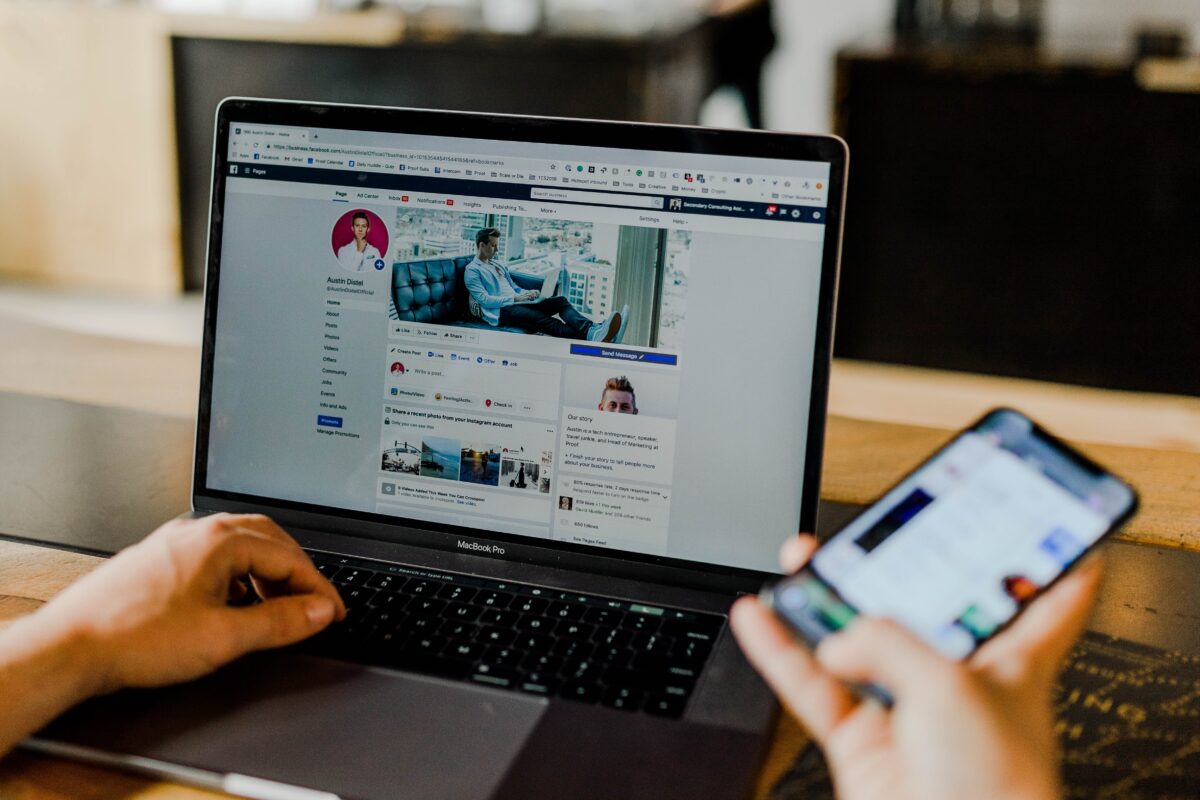Impact of social in the age of the pandemic

As Ontario is entering another wave of lockdowns, people and businesses alike have to brace and adapt. The pandemic has changed the world forever and the world of social media marketing is not immune to this change. While many businesses and industries are getting highly disrupted, social media marketing has joined the ranks of streaming, video communication, and eCommerce which all have grown since the pandemic began.
It may not surprise you that social media use is up, reported as 10.5% higher in July 2020 than in July 2019. Twitter also saw its own first-quarter increase of 23% for daily active users compared to 2019. One of the most common reasons behind this is, as data shows, is to stay up-to-date with news and current events, which is the top reason for logging in globally, at 36%.
New Emerging Trends
Along with the growth of social media, there has also been a number of trends that are re-shaping the way creators and users alike use it on a day-to-day basis. One of the major changes is the adaptation of social media to be used as a source of news, which was mentioned above. Facebook has already begun making moves to capitalize on this trend.
New Times To Post
While using social media to stay up-to-date with the latest news about the breakout makes a lot of sense, some changes have less explanation behind them. One of these is the new best times to post on social media. For example, the optimal time for posting on Instagram has shifted from between 10am-11am to 11am-2pm. Twitter has shifted from 9am to 7am.
A More Creative World
There has been a movement toward posts that showcase creativity and aim to entertain. Social media users in the US spent over 90% more time using apps to create visuals post-pandemic than they did prior, and 42% of Gen Z users report wanting a greater volume of “fun” content in their feeds.
TikTok, the famous video platform, managed to ride this wave of creativity and has added 12 million new users in March alone, reaching over 2 billion downloads amidst the pandemic. Instagram has also tried capitlizing on this trend through Instagram Reels, which allow users to create brief, engaging videos that entertain and educate viewers.
Adapting to The Change
With the budgets for spending decreasing and user-engagement increasing, it is important for every organization to be more mindful of the advertising spend. This makes user-generated content more important than ever before. Here are some helpful tips on just how to do that:
- Understand what types of content your supporters are already sharing and which platforms they use
- Provide your supporters with a unifying, accessible message that creates a sense of community through social media.
- Incentive your supporters through social media games, giveaways, and partnerships.
- Leverage the power of virtual events and live streaming.
- Interact with supporters’ posts to reinforce your gratitude for them sharing your message.
Making more video content is another great way of increasing your engagement on social media. Thanks to the push by TikTok and Instagram, videos are more popular than ever before. Reportedly, 22% of parents with young children are creating and uploading videos more on video-sharing sites because of the outbreak.
Mental Health and Social Media
This time last year, a study shows that 29% in the UK and 23% in the U.S. felt social media impacted their mental wellbeing in a negative way. This effect has sparked numerous news articles and even the popular Netflix documentary “The Social Dilemma”.
During the pandemic, this effect has shifted, however. The very platforms consumers were detoxing from turned out to be beneficial for their mental health, in helping to combat widespread feelings of loneliness stemming from extended periods of isolation and social distancing.
A study shows that 57% percent of all internet users report that social media has helped them “feel less lonely” and 48% report that social media has helped them “feel less anxious or stressed”. What’s even more interesting, is that digital detoxers (internet users that track their screen time and set limits to certain apps), report these numbers to be 64% and 55% respectively.
There is speculation that a large reason behind this is the fact that it’s become a less competitive environment. Studies show that 42% of internet users who use public platforms agree there’s been less pressure to portray an unrealistic image of their life on social media. Having everyone in the same boat means and seeing more about the struggles of everyone’s lives rather than just the good moments of travel and a social life that makes so many ordinary users feel worse about themselves.
What does this mean?
Social media is here to stay. If 2020 has shown us anything, is that the future will be filled with even more social media apps and marketing opportunities than ever before. With the rise in popularity, there will be more ways to monetize and capitalize upon these opportunities, and it is imperative that you adapt your business to harness in our digital-first world.
Need a hand adapting your business to the changes in social media? Contact us about our digital marketing services to see how we can help grow your company through social media.
Leave a Comment